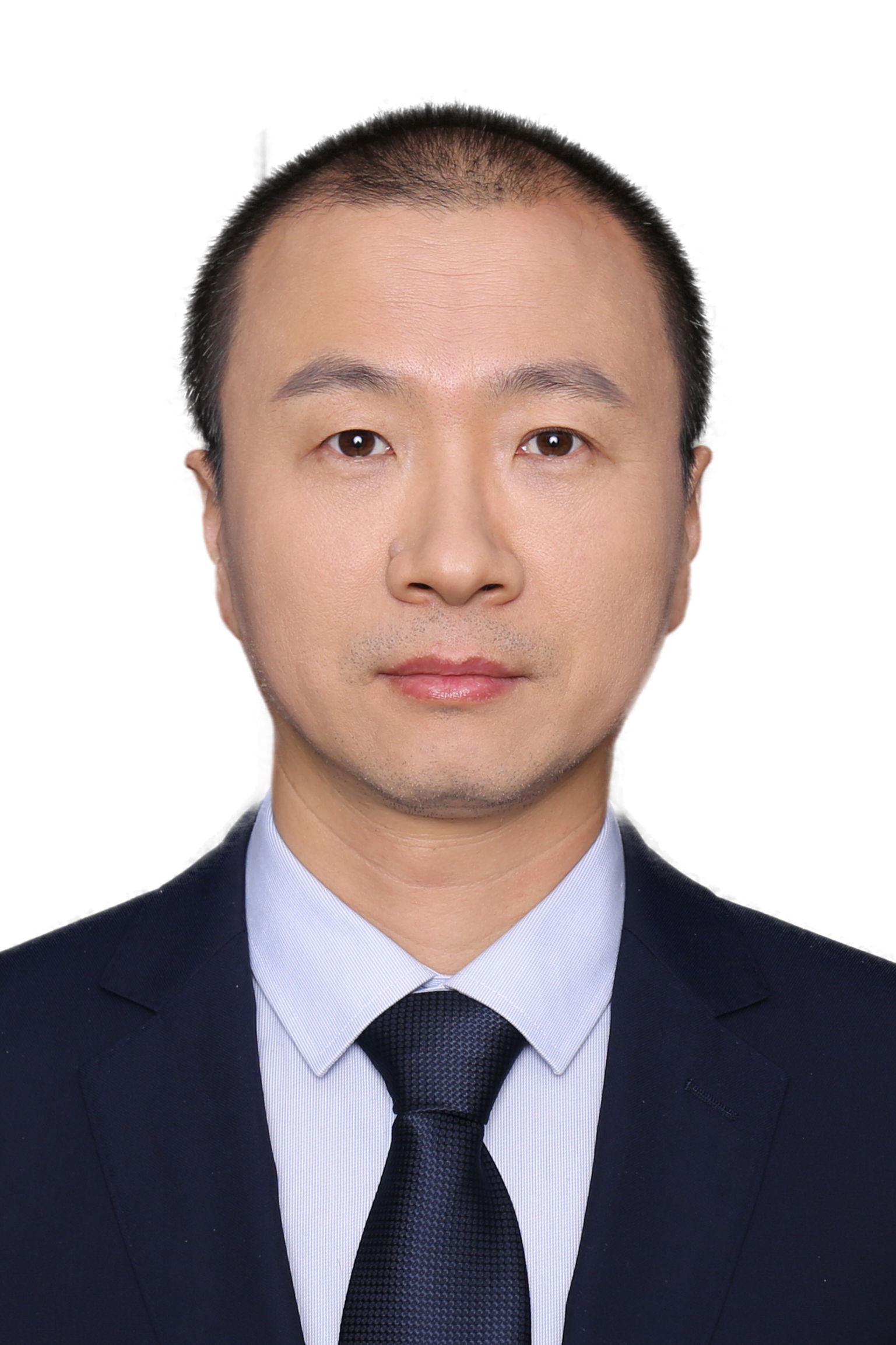安钧鸿,教授,博士生导师,“长江学者奖励计划”特聘教授(2025)。入选教育部新世纪优秀人才支持计划(2013)、甘肃省飞天学者(2016)、国家“万人计划”青年拔尖人才(2019)、中科院青年创新促进会特邀会员(2019)和甘肃省领军人才(2021)。担任中国物理学会量子光学专业委员会委员、《Quantum Review Letters》和《量子光学学报》编委。
2000年和2005年在兰州大学分别获得学士和博士学位。2005年至2011年任兰州大学副教授;2006年4月至2007年7月在台湾成功大学从事博士后;2007年10月至2008年9月和2009年9月至2010年9月在新加坡国立大学从事研究员;2011年1月至2014年12月在新加坡国立大学量子技术中心从事访问研究员(4-6个月/年);2011年5月至今任兰州大学教授。主持科技部“科技创新2030”项目课题1项、国家自然科学基金6项(其中面上基金4项、青年基金和专项基金各1项)、教育部博士点基金和甘肃省自然科学基金各1项。
代表性成果有:开展量子态调控研究,用束缚态理论建立了开放与周期性驱动两类量子科技领域常见系统统一的物理框架:在开放系统中发现了系统-环境能谱中束缚态形成在远距离类无线充电与抗老化量子电池、噪声量子精密测量的高精度恢复、表面等离激元的耗散抑制、量子速度极限、非正则热化、长程量子隧穿和量子关联保持等中的支配作用,以此提出抑制退相干与制备自旋压缩的库工程策略;在周期性驱动系统中发现了由准能谱中Floquet束缚态所刻画的新型量子/拓扑相变,并提出抑制噪声量子计量止步定理与人工合成以多重Majorana边界态、大陈数和奇异非厄米拓扑绝缘相与混合阶拓扑半金属为代表的极端拓扑物态的Floquet工程策略。此外,还建立了极化光子对低品质腔输入-输出过程的Faraday旋转理论,其被广泛应用于量子信息处理中。
主要从事量子物理基础问题研究,包括量子光学、量子精密测量、量子/拓扑相变以及量子热力学等方面的研究。
本科生:
-
1. 量子基础II:2025春
-
2. 光学基础III(讲授以量子光学为基础的量子科技,包含:量子通讯、量子计算和量子精密测量):2021-2024秋
-
3. 量子基础I:2019-2023秋
-
4. 量子力学:2010-2018秋
-
5. 理论力学:2010-2014秋
-
6. 理论物理导论(理论力学和电动力学部分):2008秋
-
7. 理论物理导论(量子力学和热力学与统计物理部分):2009春
研究生:
-
1. 量子光学:2014-2017秋、2019秋、2021秋、2023秋、2025秋
-
2. 高等量子力学:2008秋
发表文章列表见:
-
https://orcid.org/0000-0002-3475-0729
-
https://publons.com/researcher/2629022/jun-hong-an/publications/
代表性论文:
-
1. Wan-Lu Song, Ji-Ling Wang, Bin Zhou*, Wan-Li Yang*, and Jun-Hong An*, Self-Discharging Mitigated Quantum Battery, Phys. Rev. Lett. 135, 020405 (2025).
-
2. Wei Wu and Jun-Hong An*, Generalized Quantum Fluctuation Theorem for Energy Exchange, Phys. Rev. Lett. 133, 050401 (2024).
-
3. Wan-Lu Song, Hai-Bin Liu, Bin Zhou*, Wan-Li Yang*, and Jun-Hong An*, Remote Charging and Degradation Suppression for the Quantum Battery, Phys. Rev. Lett. 132, 090401 (2024). Research Highlight by Nature, Phys.org, and New Scientist.
-
4. Si-Yuan Bai and Jun-Hong An*, Floquet Engineering to Overcome No-Go Theorem of Noisy Quantum Metrology, Phys. Rev. Lett. 131, 050801 (2023).
-
5. Si-Yuan Bai and Jun-Hong An*, Generating Stable Spin Squeezing by Squeezed Reservoir Engineering, Phys. Rev. Lett. 127, 083602 (2021).
-
6. Kai Bai, Zhen Peng, Hong-Gang Luo, and Jun-Hong An*, Retrieving Ideal Precision in Noisy Quantum Optical Metrology, Phys. Rev. Lett. 123, 040402 (2019).
-
7. Hong Wu and Jun-Hong An*, Breakdown of boundary criticality and exotic topological semimetals in PT -invariant systems, Phys. Rev. B (Letter) 112, L041101 (2025).
-
8. Yuan-Xing Yang, Si-Yuan Bai, and Jun-Hong An*, Long-range quantum tunneling via matter wave, Commun. Phys. 8, 5 (2025).
-
9. Wei Jia, Bao-Zong Wang, Ming-Jian Gao, and Jun-Hong An*, Unveiling higher-order topology via polarized topological charges, Phys. Rev. B (Letter) 110, L201117 (2024).
-
10. Ming-Jian Gao and Jun-Hong An*, Engineering rich two-dimensional higher-order topological phases by flux and periodic driving, Phys. Rev. B (Letter) 108, L241402 (2023).
-
11. Feng-Zhou Ji and Jun-Hong An*, Kerr nonlinearity induced strong spin-magnon coupling, Phys. Rev. B (Letter) 108, L180409 (2023).
-
12. Hong Wu and Jun-Hong An*, Non-Hermitian Weyl semimetal and its Floquet engineering, Phys. Rev. B (Letter) 105, L121113 (2022).
-
13. Hong Wu, Bao-Qin Wang, and Jun-Hong An*, Floquet second-order topological insulators in non-Hermitian systems, Phys. Rev. B (Letter) 103, L041115 (2021).
-
14. Wei Wu, Si-Yuan Bai, and Jun-Hong An*, Non-Markovian sensing of a quantum reservoir, Phys. Rev. A (Letter) 103, L010601 (2021).
-
15. Si-Yuan Bai and Jun-Hong An*, Floquet engineering to reactivate a dissipative quantum battery, Phys. Rev. A 102, 060201(Rapid Communication) (2020).
-
16. Hong Wu and Jun-Hong An*, Floquet Topological phases of non-Hermitian systems, Phys. Rev. B 102, 041119(Rapid Communication) (2020).
-
17. Chun-Jie Yang and Jun-Hong An*, Suppressed dissipation of a quantum emitter coupled to surface plasmon polaritons, Phys. Rev. B 95, 161408(Rapid Communication) (2017).
-
18. Hai-Bin Liu, W. L. Yang, Jun-Hong An*, and Zhen-Yu Xu, Mechanism for quantum speedup in open quantum system, Phys. Rev. A 93, 020105(Rapid Communication) (2016).
-
19. Qing-Jun Tong, Jun-Hong An*, L. C. Kwek, Hong-Gang Luo, and C. H. Oh, Simulating Zeno physics by quantum quench with superconducting circuits, Phys. Rev. A 89, 060101(Rapid Communication) (2014).
-
20. Qing-Jun Tong, Jun-Hong An*, Jiangbin Gong, Hong-Gang Luo, C. H. Oh, Generating many Majorana modes via periodic driving: A superconductor model, Phys. Rev. B 87, 201109(Rapid Communication) (2013).
- 主持科技部“科技创新2030”项目——课题:基于原子纠缠态的精密测量的理论研究(2024-2028)
- 主持国家“万人计划”青年拔尖人才项目(2020-2022)
- 主持6项国家自然科学基金项目:
- 1.面上项目:周期性驱动诱导的新型拓扑物态及其调控研究(2023-2026)
- 2.面上项目:量子计量学中的量子耗散噪声机制及其动力学控制研究(2019-2022)
- 3.面上项目:周期性驱动系统的非平衡量子相变研究(2015-2018)
- 4.面上项目:开放量子系统的非马尔科夫效应研究(2012-2015)
- 5.青年项目:量子信息处理中退相干效应及其控制研究(2007-2009)
- 6.专项项目:兰州大学理论物理交流平台与量子光学及量子信息方向建设(2014)
- 主持1项教育部博士点基金项目:结构环境中开放系统的退相干及其动力学控制(2013-2015)
- 主持1项新世纪优秀人才支持计划项目(2014-2016)
- 主持1项甘肃省自然科学基金项目(2009-2011)



